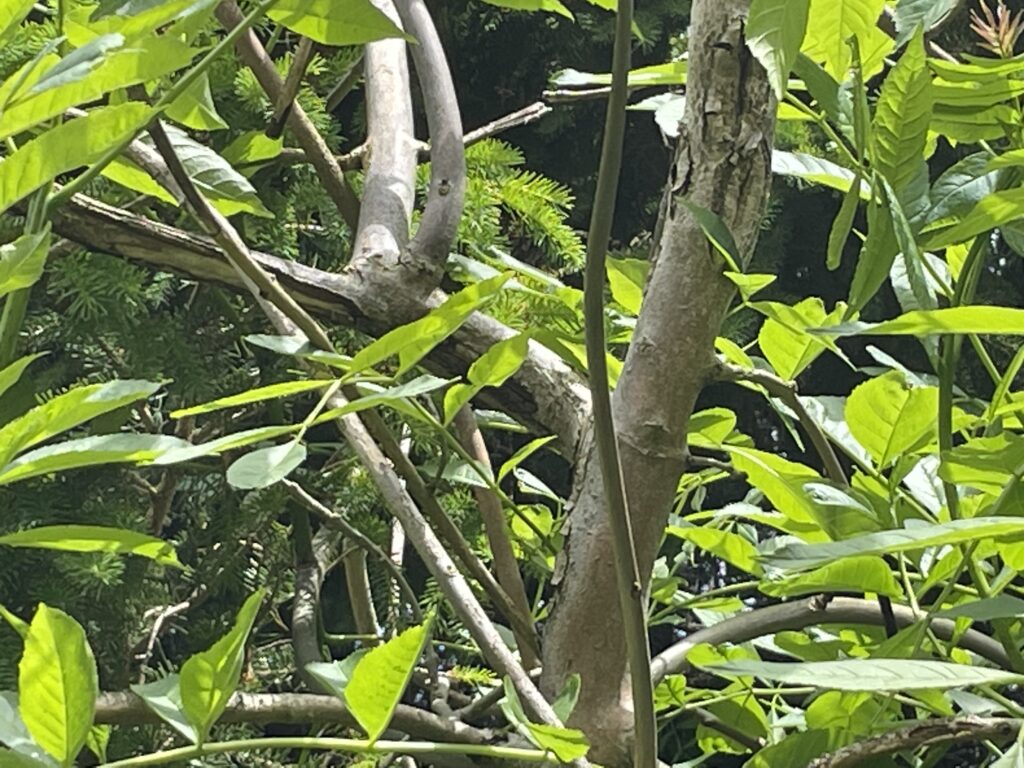Ash trees are the third most common tree in Britain, but they are under serious threat from ash dieback. So virulent is the disease, ‘ash dieback will kill up to 80% of ash trees across the UK’, according to the Woodland Trust. But when a tree becomes infected not only is it likely to perish, it can also become structurally unsound. So, it is important for landowners and property managers to be aware of their responsibilities and liabilities in relation to any damage or injury resulting from a falling tree or part of a tree.
What is Ash dieback?
Ash dieback, or Chalara, is a fungal disease which first appeared in ash trees in the UK in 2012. The fungus, Hymenoscyphus fraxineus, is wind borne and can be transported over long distances, up to 20-30km. When a tree becomes infected it is expected to die. It’s these dead and diseased ash trees that have a potential to cause harm.
The level of infection is now so great that Scottish Forestry believe ‘land managers must take action to identify and monitor infected trees and to manage them accordingly.’
Responsibilities
The level of risk to human safety from trees is very low. To put it into some context, around 55 people per year are admitted to A and E after being struck by a tree compared to 2.9 million leisure related admissions.
But landowners have a legal duty of care and need to understand the risk of harm posed by their specific trees.
Identification
If you are a landowner or property manager, you will firstly want to identify any ash trees on your property. The Woodland Trust website provides a great description of the widespread and popular tree to help you ascertain if you have any growing on your site. It is particularly easy to identify in the winter months due to its black, velvety leaf buds.


Spotting ash dieback
Once you have established the presence of ash trees on your property, it is important to check if they are showing any signs of ash dieback and if any immediate action needs to be taken.
So, what does it look like?
- Black blotches can be seen on the leaves in the summer and the affected leaves will wilt and fall off. This may happen earlier that the usual shedding of leaves.
- Where the branches meet the trunk, lesions will appear. When lesions show we may see a more rapid decline of the tree and the lesions can cause the tree to become unstable.
- The shoots, twigs and branches of the trees will tend to dieback during the summer.
- Epicormic shoots can appear further down the tree from dormant buds.

Lesions visible on trunk and branch. Shoots and branches dyeing back in summer.
Taking action
The dramatic decline of ash trees will have a significant effect on the economy and the environment. Where possible, ash trees should be preserved as they provide important benefits to our landscape and the economy; reducing soil loss, pollination, biodiversity, nutrient recycling etc. However, if you suspect any ash trees on your property are infected with ash die back it’s advisable to seek professional assistance to develop a plan of action.
Location
Particular attention should be given to identifying affected trees in locations such as car parks, near pavements, in park areas, close to buildings etc. Areas where the potential risk to cause harm to an individual or damage to property is greater.
GP Plantscape can assist with the identification of ash trees, inspecting and monitoring for ash dieback and developing and implementing action plans to maintain your ash tree canopy.
Taking action can help reduce and eliminate the potential risk to human harm and property damage.
Call us today on 0808 100 3120.












